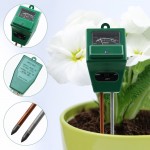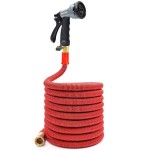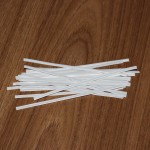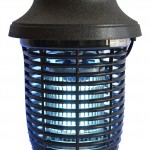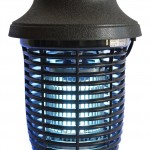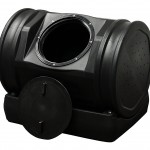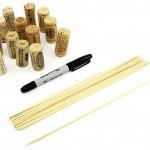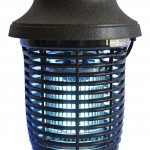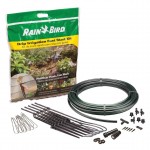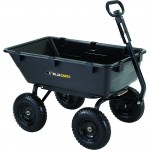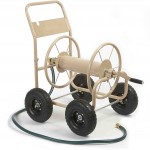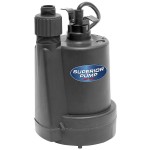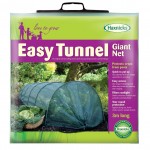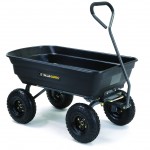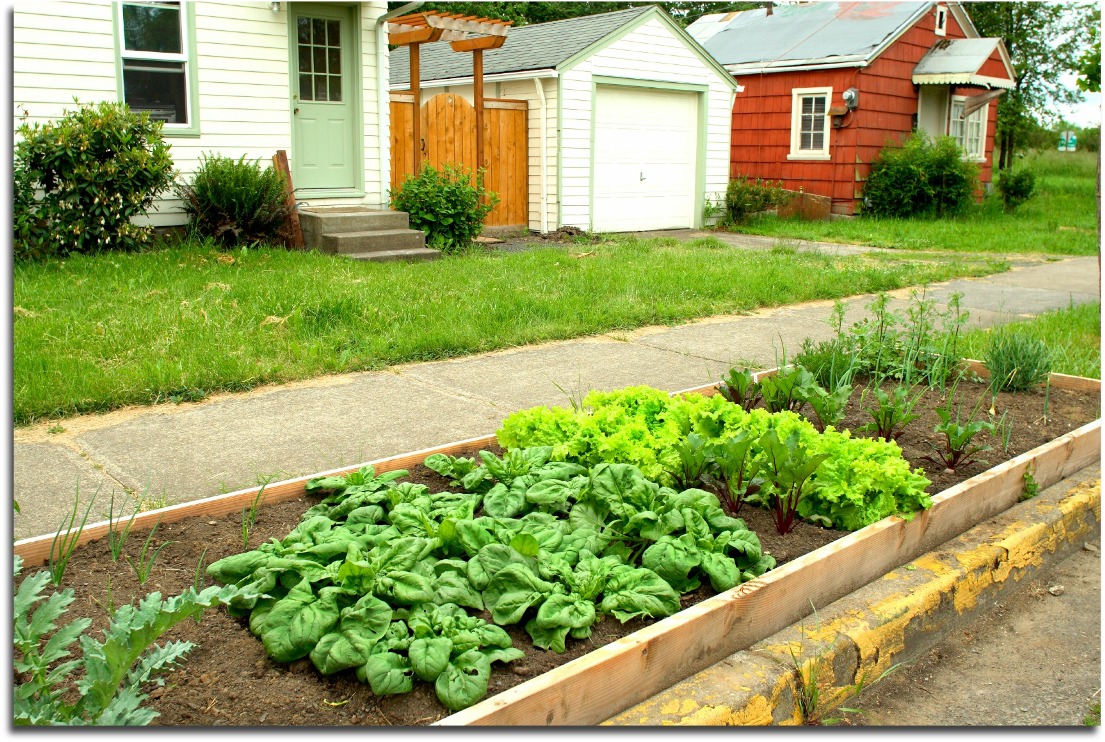
- Start slow; start small. If you try and create a farm overnight, neither you nor the farm are going to be happy with the results. Start by building a couple of raised beds the first season and add a few new ones every year. Which brings us to:
- Build raised beds! You get better yields, prevent weed woes and only feed and water the important plants when you create a physical barrier between your crops and the rest of your landscape. Raised beds can be any length, but never wider than four feet, so that you can reach into the center without stepping into them. That loose, uncompressed soil is your ticket to a lot of food with a minimum of work.
- Be creative. Kim should try and use the rocks she is so blessed with to make her raised bed frames. They’re free, won’t have to be removed from the area, and will heat up in the sun, warming the beds in the evening, an essential bit of assistance in her chilly clime. Dick could use local stone, any kind of naturally rot-resistant wood, or pretty much anything except toxic railroad ties or pressure treated timbers. Here’s a Previous Question of the Week with lots more raised bed info.)
- Play to your region. With Kim’s short season in New England, she should grow everything in that full sun area by the side of the house. Dick’s plants, however, would greatly benefit from some afternoon shade when his hot and humid summers really crank up the old scorch-o-meter.
- Build the beds now, so you can hit the ground running first thing next Spring. If the garden-to-be is currently a lawn, remove the grass with a sod-cutting machine, or use a sharp knife to cut strips a foot wide and roll them up. Or do the old standby instead: Till the area up, rake out as much of the green stuff as possible and then use a barrier against weeds.
- Use a barrier against weeds! After you remove whatever is there, lay sections of cardboard down to prevent whatever it was—and all the buried weed seed you uncovered—from growing back. Lay the cardboard at ground level and build the beds up on top of the cardboard. You can use sheets of newspaper instead, but cardboard is a better barrier.
- Enrich the soil now. Find a good source of bulk compost or aged mushroom soil and use it to fill your beds. Aim for a 50/50 mix of compost or aged mushroom soil and your native soil, unless your native soil is 100% nasty clay, which is better pitched into the woods.
- Protect your investment with mulch. Shred up every fall leaf you can find and cover your beds with two inches of this excellent weed-suppressing, soil-improving mulch. Save many more bags of shredded—NOT whole—leaves for summer mulching and to begin your own compost making initiative.
- Don’t start your own plants from seed the first year. You’ll have MORE than enough other stuff to do. To grow salad greens, pull back the mulch completely, sow the seeds thickly and harvest with scissors “cut and come again” style when the plants are four or more inches tall. They’ll grow back for several cuttings. Same with other direct-sown crops like string beans; pull back the mulch and plant the seeds. But for the serious plants of summer—tomatoes, peppers, cukes, melons and such—buy started plants, pull back just enough mulch to install them, and then leave the rest of the mulch in place to prevent weeds. You can start your own plants from seed after you get good at not killing the ones professionals have grown for you.
- Have fun. Please don’t do this if you have no appetite for learning, failure or having many more reasons to laugh at yourself then you did the previous year. Yes, you’ll get good things to eat, lots of fresh air and exercise, and you’ll save money—especially in the long run. But you’ll also learn more than you perhaps desired about the tenacity of weeds, the vagarieties of weather and the formidable abilities of wildlife that take a fancy to your plantings. Remember to breathe; remember to laugh—especially at yourself—and you’ll see why people like me can’t wait to return to this challenge year after year.
Photo Gallery of the First Time Veggie Garden—Where to Start?





